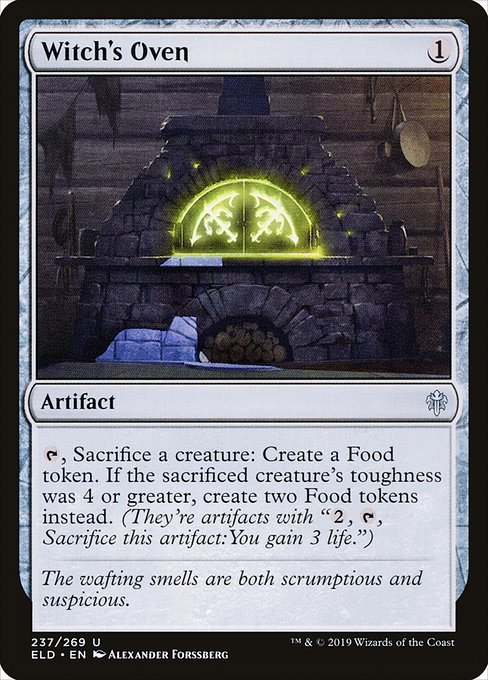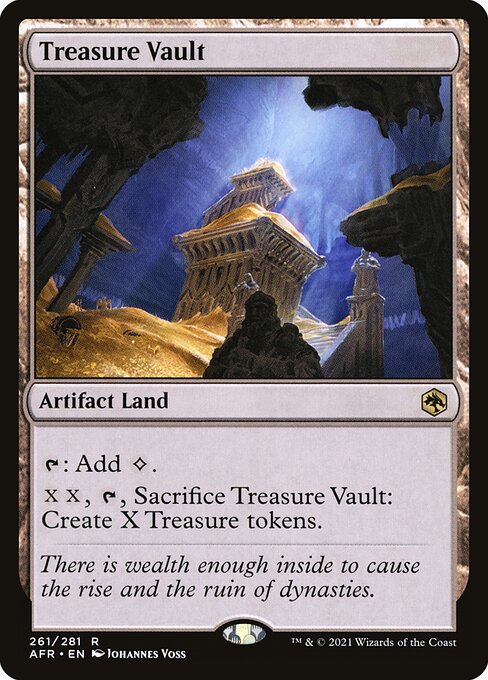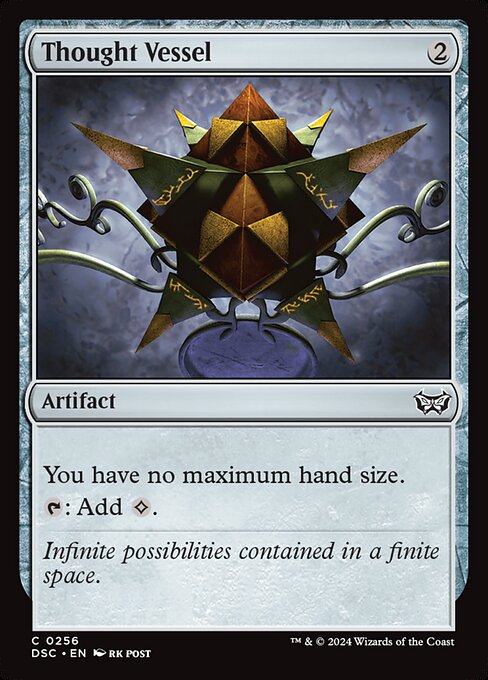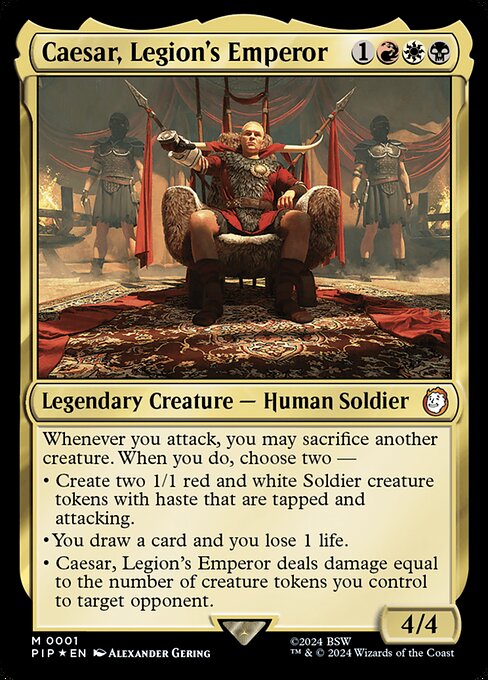Deck & Commander Strategies

Brenard, Ginger Sculptor
Focuses on creating and enhancing food and golem tokens by exiling non-token creatures that die, turning them into resilient food golems with trample and +2/+2 bonuses, enabling a strong token-based board presence and value from sacrifice synergies.

Caesar, Legion's Emperor
An aggressive token and sacrifice deck that generates multiple tokens on attack, sacrifices creatures for card draw and value, then uses those tokens to deal large amounts of damage, aiming to overwhelm opponents quickly through combat damage and token synergy.

Korvold, Fae-Cursed King
A sacrifice and value engine deck that continuously sacrifices creatures to draw cards and generate tokens, leveraging incremental advantage and life gain to dominate the mid to late game with a growing board and card advantage.

Roxanne, Starfall Savant
Ramp-heavy deck that generates artifact mana rocks and uses ETB triggers to produce meteorite tokens and deal damage, focusing on controlling the board with incremental damage pings while ramping into powerful spells and maintaining steady pressure.
Gameplay Insights
- 1
Brenard’s ability to exile dying non-token creatures to create food golem tokens provided a steady influx of resilient creatures, effectively turning losses into sustained board presence.
- 2
Korvold’s repeated sacrifice of creatures to draw cards and generate tokens allowed for continuous value extraction and board development, pressuring opponents incrementally.
- 3
Caesar’s strategy of attacking with multiple tokens to generate treasure tokens and then sacrificing them for damage pings with Jolene helped chip away at opponents while fueling mana acceleration.
- 4
The use of Treasure Vault and Witch's Oven enabled explosive turns by generating multiple tokens and value from sacrificing them, highlighting the synergy between artifact mana and sacrifice engines.
- 5
Players carefully managed life totals and resources, with incremental damage and small pings playing a larger role than big early threats, showcasing a midrange tempo battle focused on value and attrition.
Notable Cards
-

Witch's Oven
-

Treasure Vault
-

Thought Vessel
-

Temple of Abandon
Gameplay Summary
The game began with players setting up their mana bases and early ramp, with each commander displaying their unique approach.
Caesar, Legion's Emperor focused on aggressive token creation and attacks to generate value and damage, leveraging sacrifices to draw cards and produce tokens.
Korvold, Fae-Cursed King played a value-driven strategy centered around sacrificing creatures for card draw and incremental advantage, steadily building board presence.
Roxanne, Starfall Savant pursued a ramp-heavy game plan, generating artifact tokens and utilizing enter-the-battlefield (ETB) triggers to deal damage and control the board.
Brenard, Ginger Sculptor concentrated on synergizing with food and golem tokens by converting dying creatures into food golems, thus maintaining a resilient and growing board state. Early plays showcased the layering of token generators and sacrifice outlets, such as the use of Witch's Oven, Treasure Vault, and enchantments that generate clues or treasures.
Key moments included Brenard turning non-token creatures into food golems for value and Korvold exploiting sacrifice triggers to generate additional tokens and card draw.
The game featured incremental damage pings from Jolene the Plundering Pugilist and other token synergies, with players carefully managing life totals and resources.
The interplay of token creation, sacrifice, and ETB effects led to a board rich in threats and value engines, setting the stage for potentially explosive turns involving multiple triggers and value chains.
The game was marked by strategic resource management, with players balancing aggression and defense while leveraging their commanders' strengths to control the board and prepare for a decisive win condition based on overwhelming token advantage or incremental damage.
















































![Commander VS S17E3: Korvold VS Alela VS Chulane VS Syr Gwyn [Brawl] thumbnail](https://i.ytimg.com/vi/Pa8JzkN1leY/sddefault.jpg)



